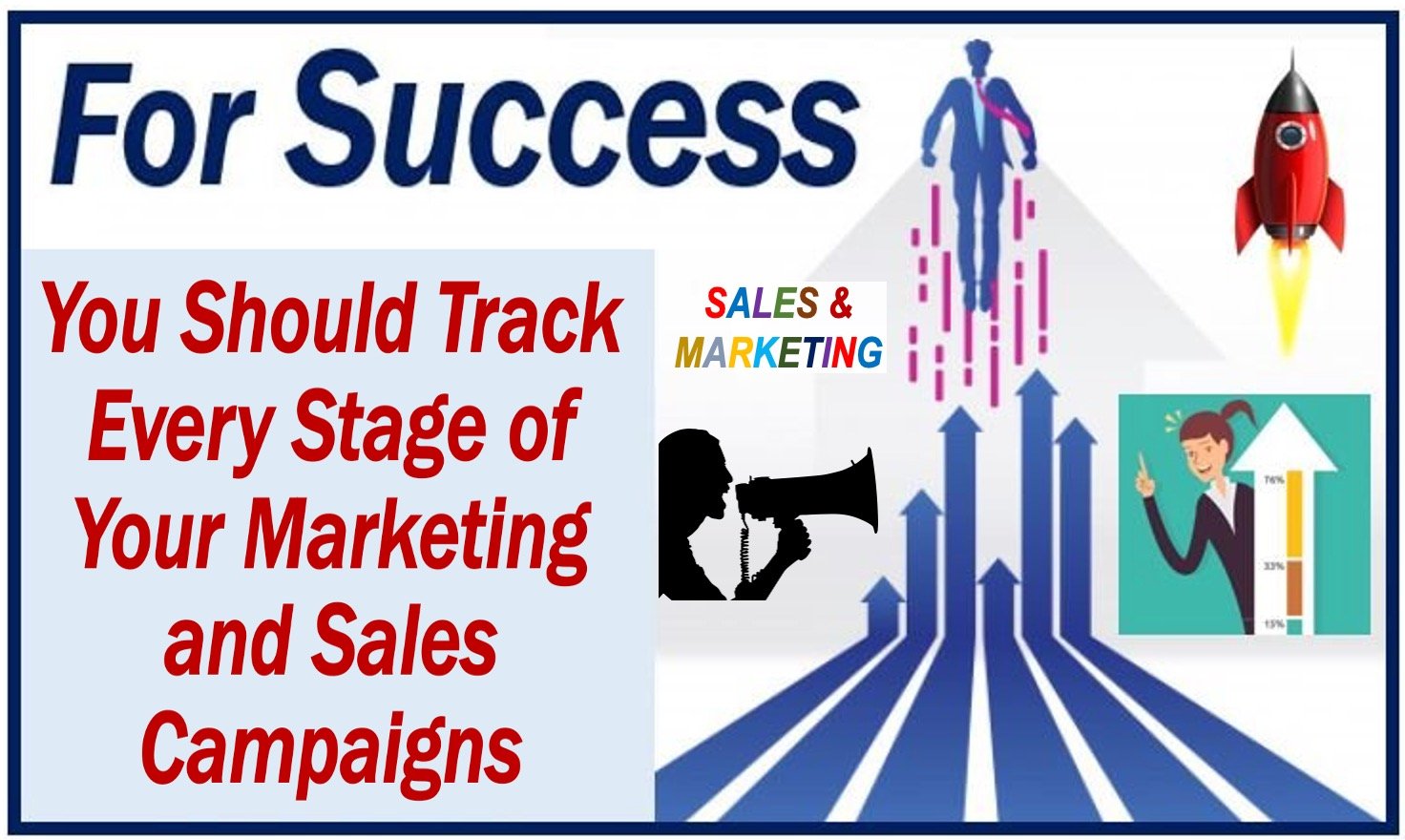If you want to get the most value out of your sales and marketing strategies, you need to track your performance. Unfortunately, most business owners get wrapped up in tracking only the bottom line. They track KPIs like conversions, sales, and overall ROI – which are a great place to start – but if you want to see better results, you should be tracking every stage of your sales and marketing campaign.

Why is this so important and how can you get started with it?
The Value of Multi-Stage Tracking
First, let’s explore the value of tracking metrics at every stage of your marketing and sales campaigns, from initial discovery to final purchase.
- Experimentation opportunities. AB testing is one of your most indispensable assets in the sales and marketing world, since it allows you to compare two versions of your messaging (or offer) and determine the most important variables for success. Experimenting actively at every stage of the funnel gives you the opportunity to discover new tactics across the board. You can improve initial perceptions of your brand, nurture audiences more effectively with drip email campaigns and social media messaging, and of course, boost your conversion rate.
- Refined audience understanding. Looking at behavioral metrics throughout the sales funnel also gives you a much better understanding of your target audience. You may already recognize who your most important demographics are and what moves them to convert – but do you know how they conduct initial research and discovery? Do you know how they respond to brands they see for the first time?
- Better understanding of cause and effect. It’s not hard to understand that people with positive brand experiences early in the sales funnel tend to convert more reliably in the later stages of the sales funnel. But how does this apply to specific variables? For example, if you give prospects a free gift, are they more likely to buy from you in the future? Only by tracking metrics throughout your campaigns will you gain this improved understanding of cause and effect.
- A lower risk of complacency. Complacency is a common problem among marketers. If you manage to increase your conversion rate by 75 percent, you might take that as a win and never touch it again – but if you do this, you’ll never realize your full potential. Tracking KPIs at every stage means you’ll always have new projects to work on and new variables to tinker with – which means you’ll never have the temptation to rest on your laurels.
How to Get Started
So how do you get started with this multi-stage marketing and sales analysis?
- Consider working with an agency. One option is to work with a digital marketing agency. Agencies have significant experience helping clients understand their sales funnels, set up tracking systems, experiment, and improve. It’s an investment, but one that typically starts paying off in a matter of weeks.
- Document and describe your sales funnel. One of the first things you should do is document and describe your sales funnel. What are the stages that the average prospect goes through before eventually buying your product or service? What are your brand’s critical objectives at each of these stages?
- Build customer personas. It’s also a good idea to build out customer personas that reflect your target audience, if you haven’t done so already. This makes it much easier to understand how a member of your audience might behave at each stage of the funnel – and what types of content and interactions they want to see before moving onto the next stage.
- Invest in better tracking tools. You’re not going to track all these metrics manually, so it’s important to find the right tools to help you track them automatically. Fortunately for you, there are plenty of marketing and sales analytics platforms on the market to help you with this.
- Focus on the most relevant variables. When first starting with this approach, it’s natural to feel overwhelmed by the number of variables to potentially track. That’s why it’s important to narrow down the list. At each stage of the funnel, identify the most crucial variables for your success – and focus on those.
- Remain open to improvement. No marketing analytics strategy is perfect. If you remain consistently open to improvement, you’ll gradually iron out all the kinks in your approach.
Tracking your sales and marketing campaign at every conceivable stage is an undertaking, and potentially an expensive one. You’ll spend significant time, money, and effort setting up the tools, processes, and partnerships you need to be successful. But if you’re consistent, and you take action on the data you gather, this could be your path to higher profitability – and the competitive edge you need.

